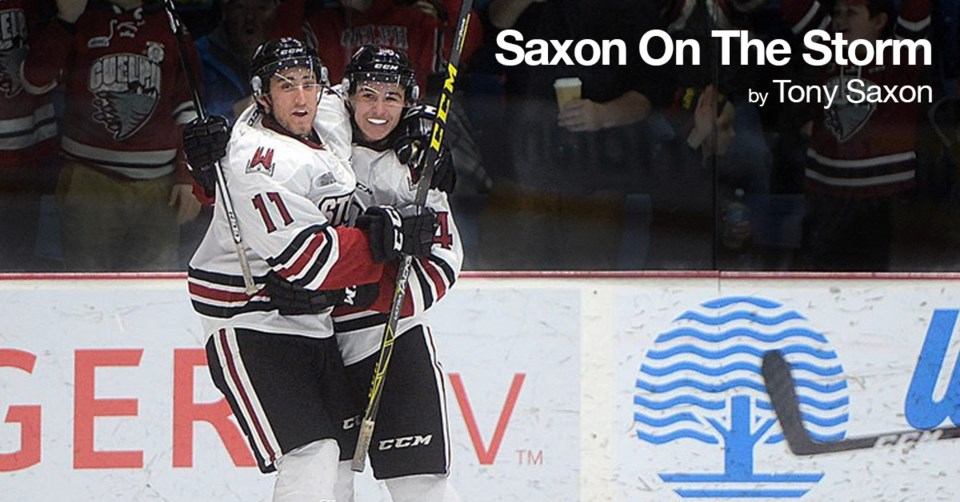The ongoing dispute over whether OHL players deserve to be paid took a couple of interesting turns this week.
First the OHL went public with its call or provincial support. Then the province appeared to, at least partially, give them that support.
There is a $180 million lawsuit in the works since 2014 calling for players to be paid at least minimum wage.
Junior hockey contends they are student/athletes, not employees, and shouldn't be paid. That compensation comes in the form of expenses being paid and scholarships made available for schooling.
Early this week Ontario Hockey League commissioner David Branch made the unusual move of going public with an open letter to the Ontario provincial government asking for its support.
Why that was done publicly, I’m not sure.
Things then ramped up a couple of days later when the province appeared to throw support behind OHL, although without any specifics.
“I want you to know that our government is behind you,” said Michael Tibollo, Minister of Tourism, Culture and Sport.
“I wrote the OHL to assure them that very soon we’ll be able to provide a solution the League, the fans, the billets, and the players will all be happy with,” the minister also said on Twitter.
I highly doubt it.
In the several years this has been brewing, there seems little willingness to find any middle ground on the issue. Compromise does not appear to be an option.
I don’t envision a solution that makes everyone happy.
Supporters of that cause see OHL players as employees who deserve to be paid at least minimum wage.
Junior hockey sees its players as student-athletes, compensated by way of scholarship money and other covered expenses that teams and the league provides.
The OHL spent over $3 million on scholarships in the 2017-18 year.
Rough math would indicate it would cost an OHL team roughly $400,000 for every eight-month season to pay players $14 an hour for a 40 hour work week. More when things like OHIP and CPP contributions are factored in.
Times that by 20 teams and the money certainly adds up.
But so does the money teams make off their players work.
Some teams across the country could pay their players and still be financially healthy. Others couldn’t. It could be the straw that broke their financial back.
Therein lies the problem. Would some teams have to fold? And what would the ripple effects be?
Higher ticket prices? No scholarship program? Players pay for their own billets? Own sticks?
Murky waters indeed.
It will be interesting to see if the “solution” the province delivers ends up being just that.
